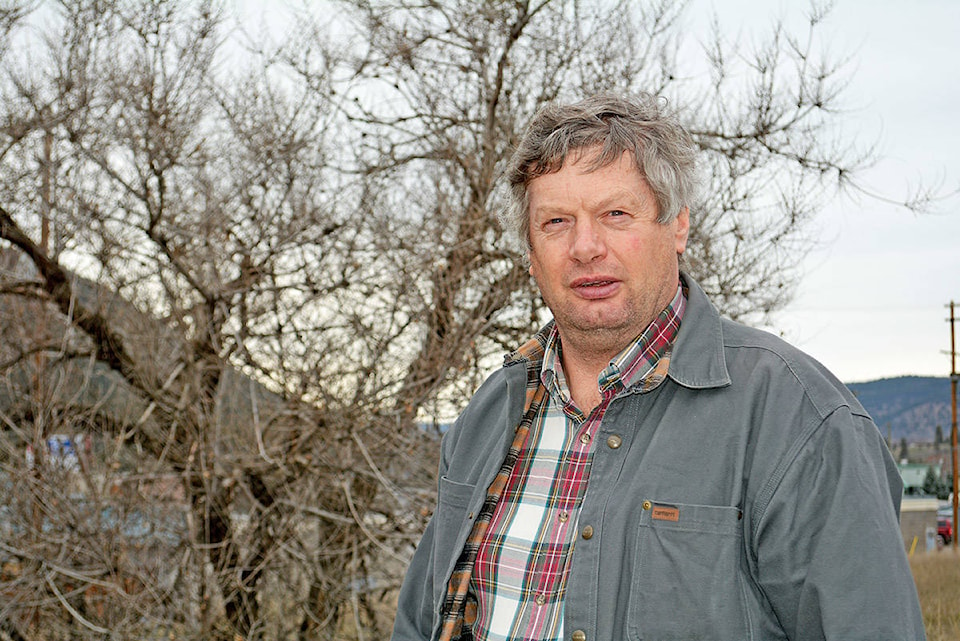Creating resilient forests while recovering and rebuilding from last year’s wildfires is a challenge Rodger Stewart will face in his new position as director of regional initiatives for the ministry of forests in the Cariboo Chilcotin region.
Stewart says the plan is for the Ministry of Forests, Lands, Natural Resource Operations and Rural Development (FLNRO) to work with First Nations governments, communities, the forest sector, landholders and stakeholders to rebuild the forest estate and enhance forest resiliency.
“Having communities directly involved in the recovery of the landscape and their forests could be the silver lining in what was once a dark cloud of smoke,” Stewart said.
Earlier this month, Forest Enhancement Society of B.C. (FESBC) announced it is investing $134 million and that $99 million of that amount was going into the Cariboo Chilcotin.
Stewart said FLNRO will tap into some of the funding, along with many First Nations and other organizations in the region for various projects.
“The $99 million will also give us the ability to leverage for other funding,” he said.
FESBC executive director Steve Kozuki said initially the society received $85 million from the provincial government to get started in 2016 and then an additional $150 million the second year.
“We were intending to metre out $235 million over the course of time, but then the wildfires happened in 2017 and the province and the Forest Enhancement Society decided we needed to respond and assist communities to accelerate the forest recovery,” Kozuki said, noting the large proportion is going to the Cariboo Chilcotin because 90 per cent of the area burned was in the region.
Some of the money is allocated for multi-year projects, with a good portion for tree planting.
“Last fall while there was still smoke in the air in September, we did what we call spec sowing where we had the nurseries plant 11 million seedlings in the greenhouse and a year from now they will be ready for planting,” Kozuki said.
Stewart said assessments of the burnt areas will continue so that by October, the ministry will be able to develop plans for reforestation of burned areas.
Aside from replanting, the ministry will also focus on developing shaded fireguards next to communities and work to reduce forest fuels, he said.
“We have to ensure we all recognize and acknowledge why we had the fires in 2010, 2015 and 2017 and the critical importance of building wildfire resilient communities,” Stewart said.
“These big fires only stay on the minds of people for a limited period of time so it will be up to us to do a good job of being able to inform people that there’s a lot of work that needs to be done.”
Kozuki said some of the organizations receiving FESBC project funding in the latest round include the Cariboo Woodlot Association, Williams Lake Community Forest, Alexis Creek First Nation, Esk’etemc First Nation and FLNRO.
The projects range from mountain pine beetle rehabilitation, forest treatment, creation of fire breaks to wildfire risk reduction.
“We are a funding, granting organization, but all the credit goes to the people that live in the Cariboo Chilcotin carrying out the projects,” Kozuki said.
Read More: Williams Lake Community Forest focuses on fir-beetle, wildfire mitigation and education
